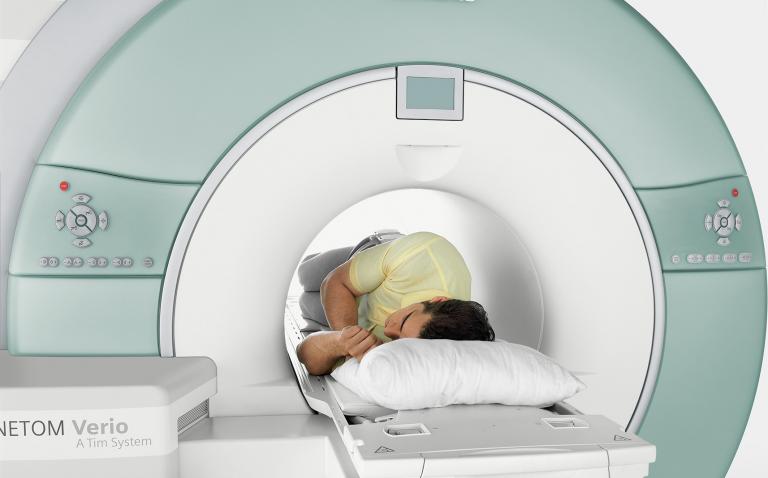Patients with low back pain who live in areas with many MRI machines are more likely to get scanned and undergo surgery
Patients with low back pain, however, rarely benefit from MRI scans or surgery, so the procedures are often unnecessary.
A study using claims data from 1998 to 2005 by Stanford University researchers plotted the region based on the number of available MR scanners.
That gave them four geographic areas, grouped from high to low.
They then determined the incidence of MRI scans and surgeries in each group.
Patients living in the highest MRI-availability areas had a 17.2% chance of being scanned within one year.
Patients living in the lowest MRI-availability areas had a 15.8% chance of getting scanned in the same period.
While the percentage difference is slight, the numbers amount to 6388 low back MR scans, according to the researchers.
If all Medicare low back pain patients in 2004 lived in the lowest MRI-availability areas, 12,277 fewer MR scans for low back pain would have been performed.
Current guidelines for low back pain care dictate four to six weeks of observation before intervention.
However, some patients are imaged during the observation period.
Extrapolating the number of patients who received surgery within one year to the entire population, 1825 fewer back surgeries would have taken place if all low back pain patients lived in the lowest MRI-availability areas.
“This study used data from 1998 to 2005, which are not reflective of today’s medical landscape,” said Dr. James Thrall, chair of the American College of Radiology’s (ACR) board of chancellors.
Medicare imaging utilization growth for 2006 and 2007 was 2%, he said.
For 2008 MRI volume went down and was at or below that of other physician services.
Dr. Laurence Baker, lead author of the study and a professor of health research and policy at Stanford University, said there is no evidence imaging volume has dropped recently.
Medicare spending on imaging declined in 2008 relative to the previous year because of changes in Medicare payments for imaging, he said.
“This drop did not result from any reduction in the volume of services provided,” Baker said.
As far as whether the data are obsolete, he said, the data are what they are.
“We think this makes the useful point that expansions in imaging availability can cause changes in healthcare delivery we may be concerned about, along with likely other effects that could be beneficial.”
To combat inappropriate use, Thrall advocates wider adoption of the ACR Appropriateness Criteria and computer physician order entry/decision support systems.
Order entry/decision support systems help the referring physician decide whether to order a certain exam based on a series of questions.
“MRI utilization growth is in line with or below that of other physician services,” Thrall said.
“That is the current state of imaging and is the context in which all policy discussions regarding these life-saving services should start.”










